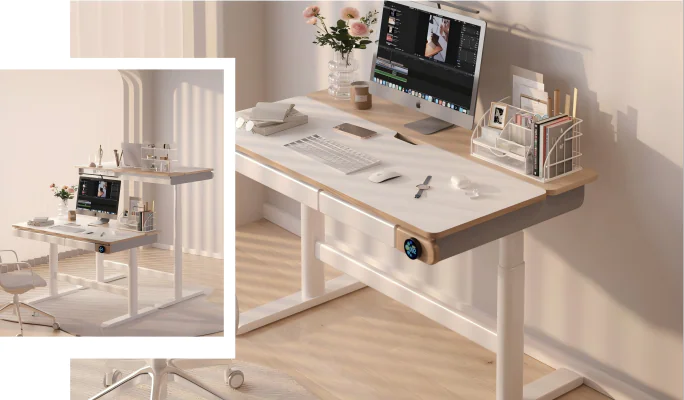
Since the rise of remote work, I've seen countless people struggle with makeshift home office setups that hurt their productivity and well-being.
The ideal home office desk should be at least 48 inches wide and 30 inches deep, with a height of 28-30 inches. Choose one that matches your space, provides adequate storage, and supports proper ergonomics.
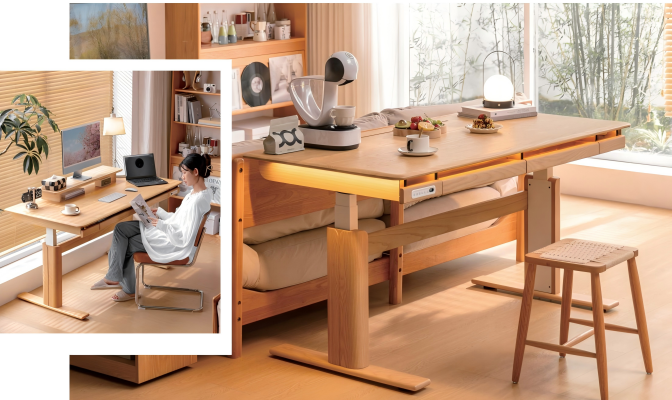
Having helped numerous remote workers transform their home offices, I've discovered that the right desk can make the difference between a productive workspace and a daily struggle. Let me share what I've learned.
How to Pick a Home Office Desk?
Many of my clients initially choose desks based solely on looks, only to regret their decision weeks later when functionality issues arise.
The best approach is to consider function first, style second. Look for adjustable features, built-in storage, and cable management solutions1 that match your work style.
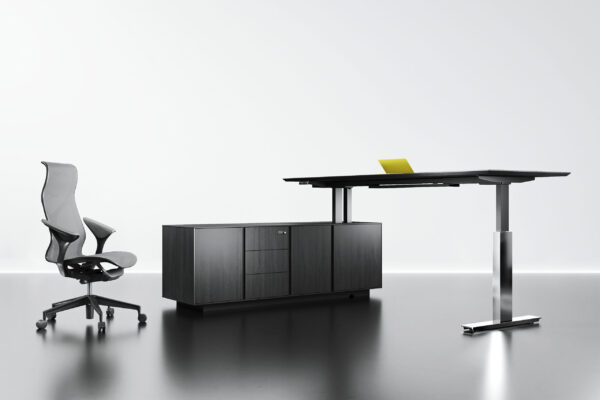
When selecting a home office desk, several crucial factors need consideration. Based on my experience designing hundreds of home workspaces, here's what really matters:
Key Features to Consider
-
Adjustability
- Height range
- Monitor mounting options
- Keyboard tray compatibility
-
Storage Solutions
- Built-in drawers
- Cable management
- Under-desk organization
-
Material Quality
- Durability ratings
- Surface finish
- Edge protection
I've found that the most successful home office setups incorporate desks with adaptable features. For instance, a desk with integrated power solutions eliminates cable clutter, while built-in storage reduces the need for additional furniture. The material choice also significantly impacts longevity - while particleboard might seem cost-effective initially, investing in solid wood or high-grade engineered materials often proves more economical over time.
What is a Good Size Desk for a Home Office?
One of the most common questions I get is about desk dimensions, and I've seen how the wrong size can severely impact work efficiency.
For most home offices, a desk 48-60 inches wide, 30 inches deep, and 28-30 inches high works best. This size accommodates essential equipment while maintaining comfortable ergonomics.
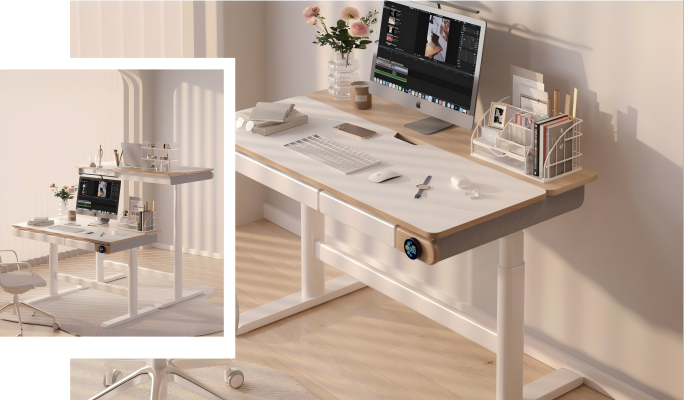
Let's break down the optimal dimensions for different needs:
Desk Size Guide
| Work Style | Width | Depth | Recommended Features |
|---|---|---|---|
| Basic Computer Work | 48" | 30" | Basic cable management |
| Dual Monitor Setup | 60" | 30" | Monitor arms, power strip |
| Creative Work | 72" | 36" | Extra surface area, storage |
| Compact Spaces | 40" | 24" | Wall-mounting options |
These recommendations come from real-world experience. For example, I recently helped a graphic designer upgrade from a 48" to a 60" desk, which dramatically improved their workflow by providing space for both digital and traditional media. The key is finding the right balance between available space and work requirements while ensuring the desk fits comfortably in your room without impeding movement.
How Do I Find the Right Desk for Me?
After seeing numerous clients struggle with unsuitable desks, I've developed a foolproof method for desk selection.
Start by measuring your space, listing your daily activities, and considering your technology needs. This creates a clear picture of your ideal desk requirements.
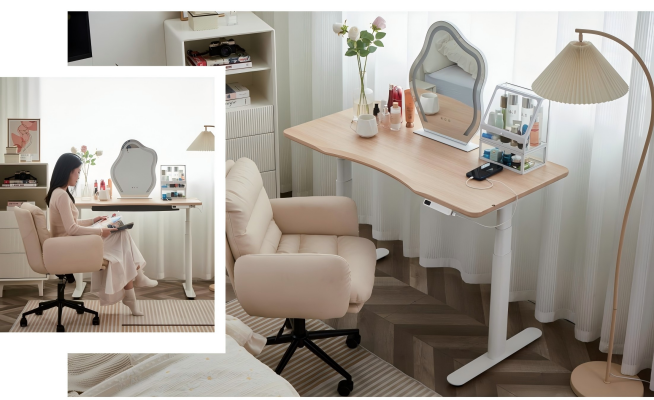
Through my experience helping clients choose their perfect desk, I've developed a comprehensive evaluation system:
Personal Desk Assessment Checklist
-
Work Requirements
- Equipment needs
- Storage requirements
- Task variety
-
Space Constraints
- Room dimensions
- Traffic flow
- Light sources
-
Personal Preferences
- Sitting/standing habits
- Organization style
- Aesthetic preferences
This systematic approach helps prevent common pitfalls in desk selection. For instance, I recently advised a client who works with multiple monitors to choose a desk with built-in cable management and sufficient depth to maintain proper viewing distance. Another client who frequently switches between digital and paper work benefited from a desk with an adjustable height feature and ample surface area for both activities.
Should a Desk Face the Window or Away?
This question often sparks debate among my clients, and the answer depends on several important factors.
The ideal desk position balances natural light benefits with potential screen glare issues. Consider your work hours and the window's direction when deciding.
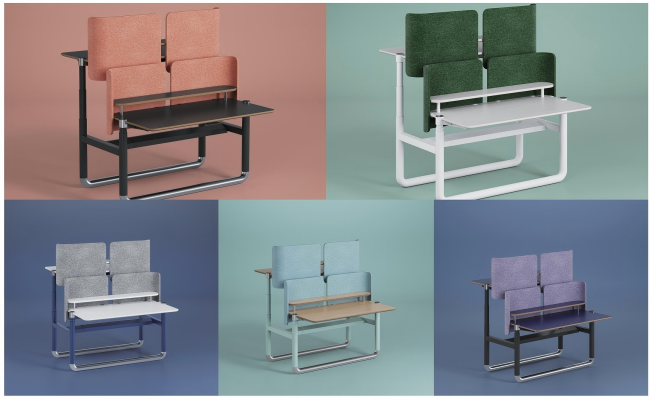
Based on my experience designing optimal home office layouts, here's a detailed analysis:
Desk Positioning Analysis
-
Window-Facing Benefits
- Natural light exposure
- Connection to outdoors
- Potential productivity boost
-
Window-Away Benefits
- Reduced screen glare
- Fewer distractions
- Better temperature control
-
Compromise Solutions
- 45-degree angle placement
- Side window position
- Light control solutions
The optimal position often depends on your specific situation. For instance, if you're in a north-facing room, facing the window usually works well as you'll get consistent, indirect light. However, for south-facing windows, positioning the desk perpendicular to the window often provides the best balance of natural light and glare prevention. I always recommend testing different positions throughout a typical workday before making a final decision.
Conclusion
Choosing the right home office desk involves balancing size, functionality, and positioning. Focus on your specific needs, measure your space carefully, and prioritize ergonomics to create a productive home workspace.
-
Effective cable management solutions can help keep your workspace organized and clutter-free, improving productivity. ↩
Get in Touch
Quick Message
You may also be interested in:
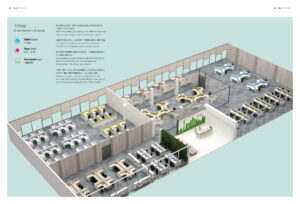

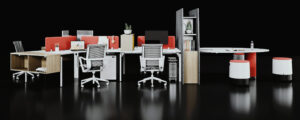
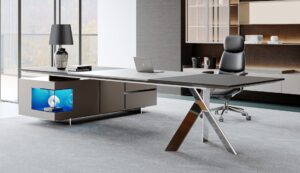
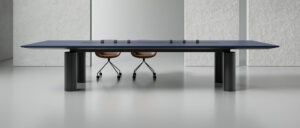
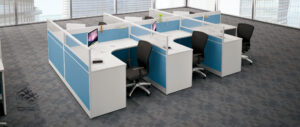
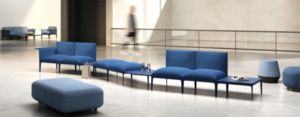
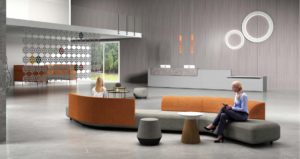
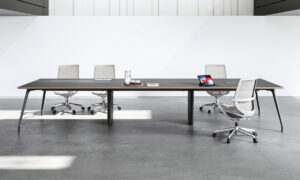
Conference Room Ideas for Smart Work: Collaboration, Technology & Employee Experience
Today's meetings demand effici

What Are My Options for Modern Office Furniture in Australia?
As someone who's supplied offi